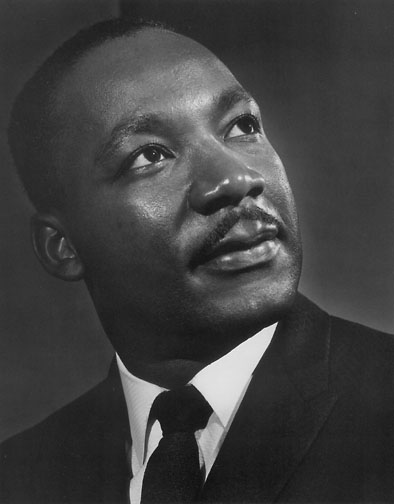Have you ever heard of PVL? I
had never heard of it until I had to stare it in the face. At about 10 days old we were told that our baby, Cassius (now 3), had periventricular leukomalacia. Okay, the doctors did not use those words. We had to look at their paperwork and sort through a ton of websites to try and put together a picture of what they expected our baby to be like as he grew. They did not give us much hope. We were devistated. Our dreams for Cassius were shattered. We cried, a lot. We prayed, a lot. We shared with family and close friends, but had no idea what or how to share with others.
 |
| Newborn Cassius |
Today I want to share about PVL, and tell a little bit about our personal story.
What is periventricular leukomalacia?
It is an injury in the white matter of the brain. It means there has been death of small areas of tissue around the ventriculars. This injury is commonly found in premature, low birth weight babies and can be traced to motor control difficulties and other delays. It is also associated with cerebral palsy and epilepsy. It may also lead to learning problems later in life.
How is it discovered?
Frequently this brain injury is not discovered until infants and young children begin to have delays. As doctors seek answers to the cause of delay they may perform a series of tests. Ultrasounds, MRIs, and CT scans are often used in diagnosis of PVL.
What happens to children with PVL?
There is a wide range of results for children with PVL. Some children are able to learn to live very normally, others have severe delays. The prognosis for each child depends on his or her own complications related to PVL. A doctor cannot predict what the final results will be when he or she give the initial diagnosis. Many children receive therapies to help overcome difficulties associated with the disease.
Our Story:
Cassius does not fit the "normal" profile for an infant with PVL. He was born at 36weeks gestation and just over 9 pounds. He was certainly not a "very premature, low weight" baby! At the hospital when he was born everything seemed pretty good. I had a little difficulty waking him to eat, and I had to wake him every time. He was released from the hospital at 2 days, like most other infants. We were given a warning to take him to his pediatrician the next day to check for jaundice.
The day after we brought Cassius home, Randy went to work, I stayed with the boys. Cassius barely woke up and I could hardly wake him. He became extremely yellow from jaundice. As soon as Randy was home, I had him take the baby to the doctor's office. They were concerned about his coloring, but more concerned that they were having a hard time getting a temperature reading. His temperature, when they finally got it, was about 94 degrees. They weren't happy with that and sent us to the hospital. We stayed there for a few days, once his jaundice was under control and it appeared his temp had stabilized, they sent us home. (If you ever have a baby with unstable temps, make sure they check him after he has been out of the warmer for a while).
 |
| Cash's first EEG - 11 days old |
The same day he was cold again. I had him wrapped in a blanket, held close to me, shut in our bathroom with a small electric heater as high as I could make it. I could not get him to warm up to a normal temperature. When Randy got home from work that day, we called the pediatrician and told her we were taking him to the ER at a different hospital.
Cassius ended up going to Lutheran Children's Hospital in Fort Wayne. He was put onto the pediatric unit and stayed for several more days. While there, they performed a number of tests including a spinal tap and an MRI to determine what was wrong. The doctors discovered an excessive amount of white matter on his brain. They also stated that his brain is smaller than average and missing a small portion. He would have difficulty learning motor skills and probably meet delays in learning as he grew.
By 11 days old Cassius had been referred to First Steps therapies. We started to meet with therapists regularly when he was around 5 months old. He was delayed with his motor skills, but with extra help from his therapists, he has succeeded.
 |
| 8 months old - before a corrective eye surgery. |
Around 8 months old, we noticed his eyes were starting to cross - a lot. He had surgery on both eyes at 10.5 months. The doctors at Riley Children's Hospital were fantastic to us.
Today, Cassius is a very normal 3 year old. To watch him and listen to him you would never know there had been delays. There is nothing today that indicates brain injuries. He has not had an MRI since he was an infant, but we know that his brain has found a way to recover. We look forward to seeing him continue to grow. If and when we hit rough spots, we will take them as they are. God has blessed us with this little boy. Our journey with PVL has been a learning experience that brought us closer to God.
PubMed Health,
Boston Children's Hospital,
Medscape Reference,
Lucile Packard Children's Hospital at Stanford








































